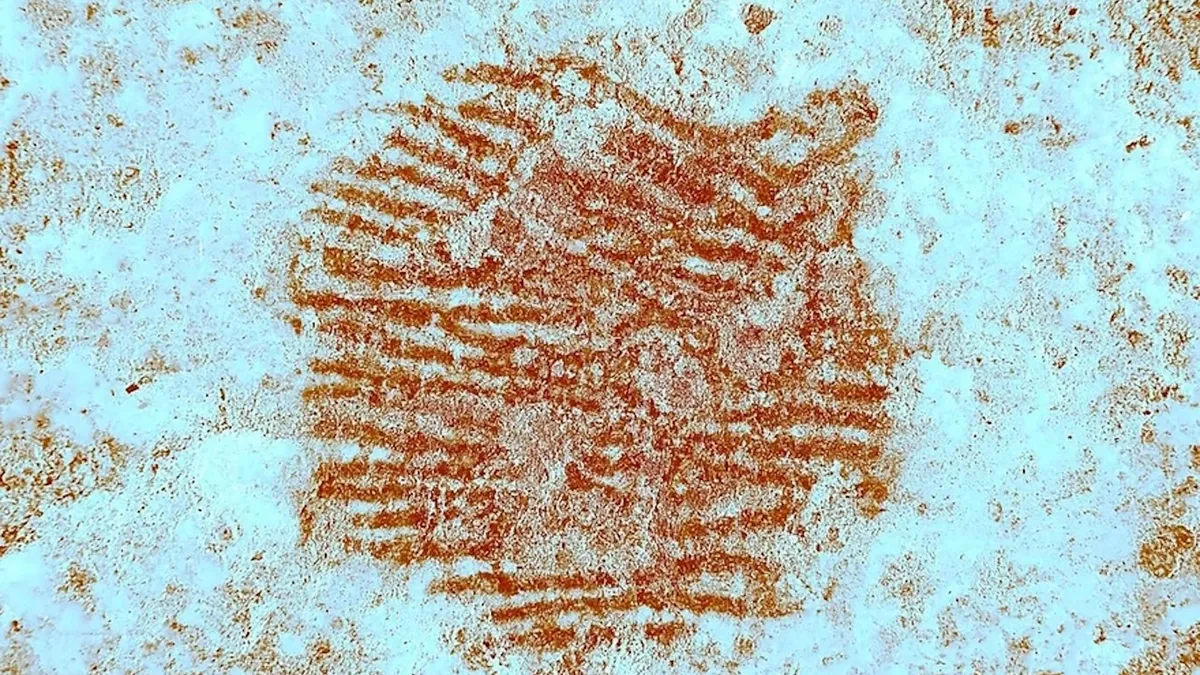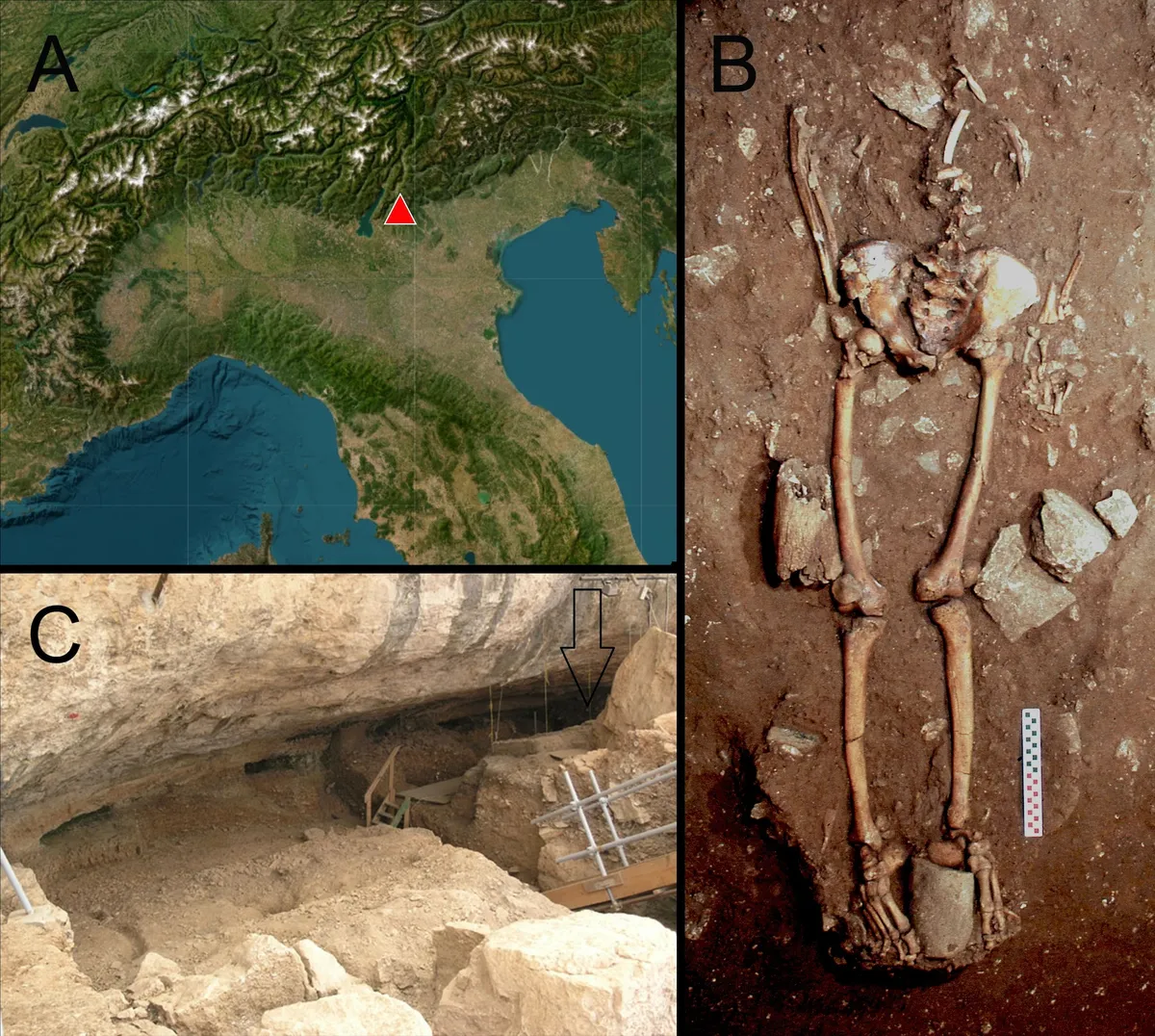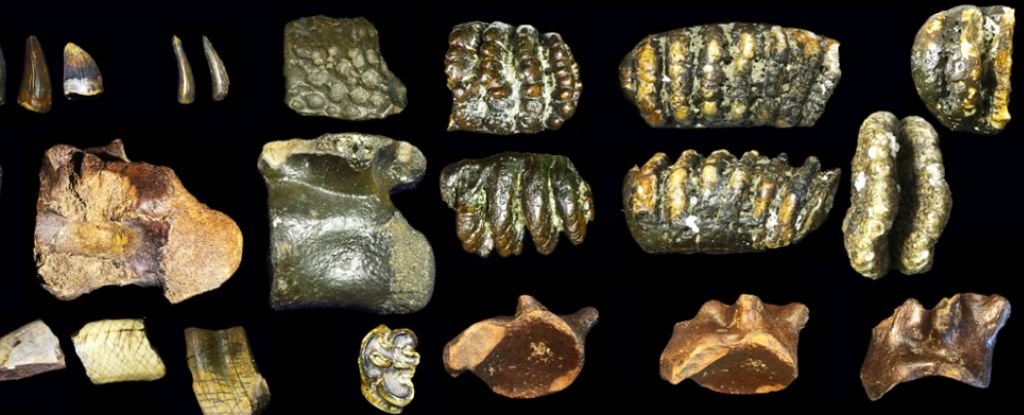Ancient news stories

Recent genetic analysis of seven individuals from the area, including a potential royal and a sacrificial burial, revealed that the people of classic Copán had genetic similarities with late archaic (5,600–3,700 years ago) populations, later Maya groups, and modern Maya communities in Mexico. This study published in Current Biology found signs of a dramatic decline—but not complete disappearance—of the Maya population.

DNA records reveal a fascinating timeline, including the existence of an ancient population with genetics unrelated to any modern descendants – a group of people who may have been some of the earliest settlers in South America, but who subsequently disappeared completely. The research has been published in Science Advances.
Pacific island researchers believe that ceremonial drinking of kava—a plant-based beverage with calming properties— combined with talanoa, a form of open, respectful dialogue, can offer relief to people with PTSD, especially those who haven’t responded well to conventional treatments. They have published their work in Frontiers of Psychology.

Scientists have identified a new pod of ancient hunter-gatherers who lived near the land bridge between North America and South America about 6,000 years ago. The new study was published Wednesday in the journal Science Advances.

The discovery of a 43,000-year-old fingerprint in Spain is challenging the idea that Neanderthals were not capable of symbolic art.

According to a new study published online on 21 April in the journal Marine Geology, the boulder — named Maka Lahi, which is Tongan for “big rock” — may have been deposited in its unlikely home by a huge tsunami that struck the island around 7,000 years ago.

A recent study by Dr. Georges Mouamar and his colleagues investigated the largest assemblage of securely identified rattles in the Near East. The findings are published in the journal Childhood in the Past.

New research published in Communications Biology has uncovered the earliest known use of the medicinal and psychoactive plant Peganum harmala, commonly known as Syrian rue or harmal, in fumigation practices and inhaled as smoke.
New research into the hand structures of different ancient human relatives found in modern South Africa reveals varying levels of dexterity and climbing ability, offering new clues into the evolution of humans.

Around 17,000 years ago, a man fell victim to a bloody ambush in what is now Italy, with an enemy launching sharp, flint-tipped projectiles that left gashes on his thigh and shin bones, a new study finds.

The Vikings did not navigate by map, compass or sextant. Instead, they used “mental maps” where memories and experiences played a crucial role. They also used myths linked to various coastal landmarks. The findings are published in the Journal of Archaeological Method and Theory.

Clues are emerging about the ghostly clan that settled eastern Asia and left a genetic legacy in people today.

New research uncovers the strongest solar event ever detected — rewriting our understanding of space weather and radiocarbon dating.

Archaeological finds off the coast of Java, Indonesia, provide insight into the world of Homo erectus, 140,000 years ago. Skull fragments and other fossil remains provide a unique picture of how and where these early humans lived, says Leiden archaeologist Harold Berghuis. The first of the articles was published this week in the journal Quaternary Environments and Humans.

An international genomics study… has shown that early Asians made humanity’s longest prehistoric migration. The study was published in Science.









